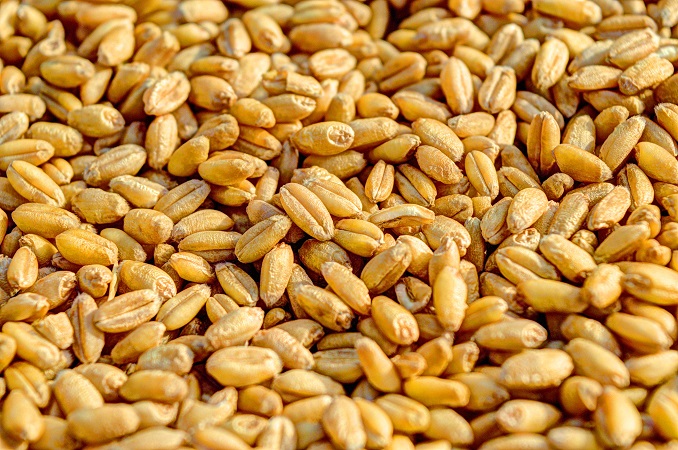



Article by: Hari Yellina
To prevent the entrance of the khapra beetle, which may harm the Australian agriculture industry by more than $15 billion, import regulations will be tightened. The Department of Agriculture, Water and Environment will impose additional standards for at-risk plant goods and sowing seeds, which must now be inspected offshore by a government official from the exporting country and confirmed free of the khapra beetle (dead, alive or exuviae). As the pest hitches a ride in marine containers, DAWE deputy secretary and head of biosecurity Andrew Tongue claimed there has been an increase in khapra beetle interceptions. “Some of these detections were in consignments where the khapra beetle had previously had no association, and from places where the khapra beetle was not known to exist,” Mr Tongue said. “These modifications will have an impact on commercial importers as well as the general people.” A plant health (phytosanitary) certificate is required if you are sending nuts or seeds into Australia by mail or as an international traveller. The Khapra beetle degrades grain quality, rendering it unsuitable for human or animal consumption, and a 20-year outbreak is expected to cost Australia $15.5 billion.
The khapra beetle (Trogoderma granarium) is among the most destructive pests of stockpiled grain products, especially in hot and dry weather. It is extremely hardy, surviving in small quantities in stored food, packaging, and transportation facilities under extreme conditions. It can go for lengthy periods of time without doing anything. In many countries, the khapra beetle is a managed quarantine pest, and it is currently not found in Australia. If it became established here, it would have a significant impact on the foreign trade.
The Khapra beetle, is believed to have originated in India. It is especially prevalent in certain areas of the Middle East, Africa, and South Asia and is also found in certain specialized warm habitats in temperate countries. The larvae of the Khapra beetle are serious pests of cereal grains and oilseeds. The adults rarely, if ever, eat or drink. In bag stores, the first signs of infestation are masses of hairy cast larval skins, which gradually push out from the crevices between sacks. Needless to say, it is crucial to avoid an infestation that can cause a great deal of destruction.